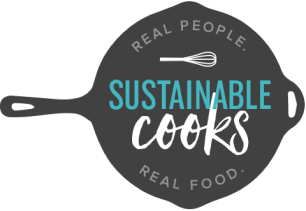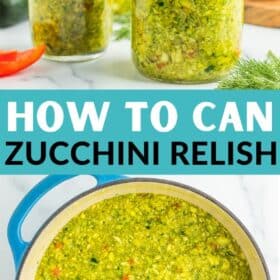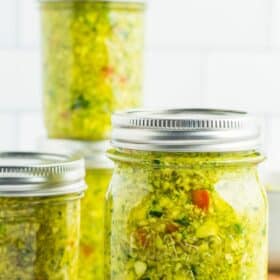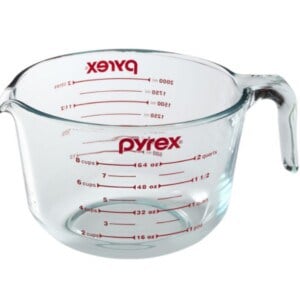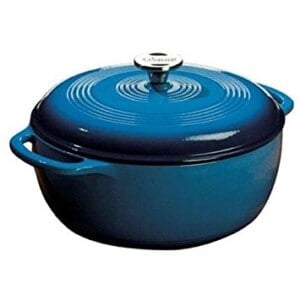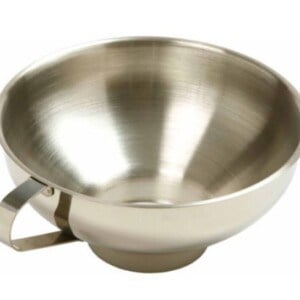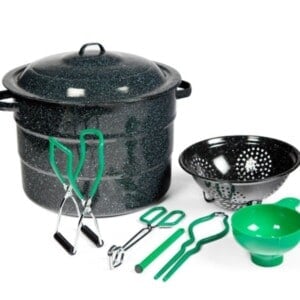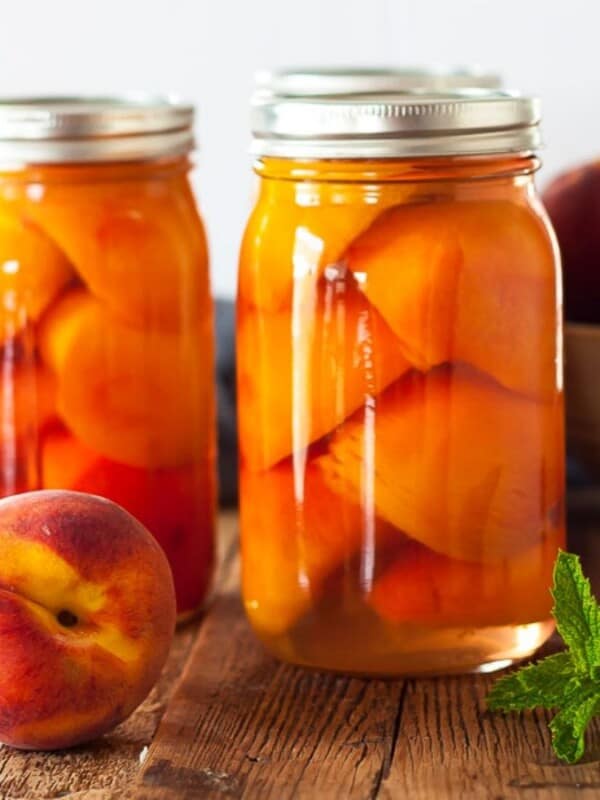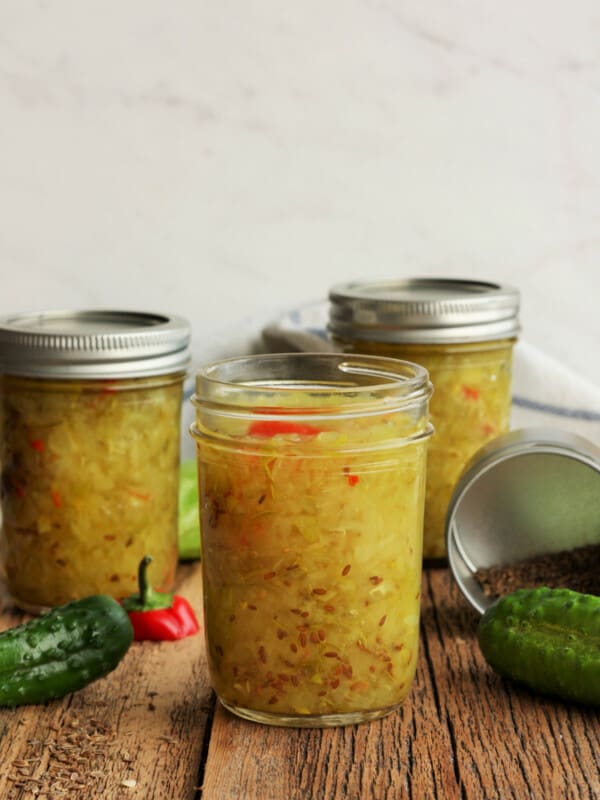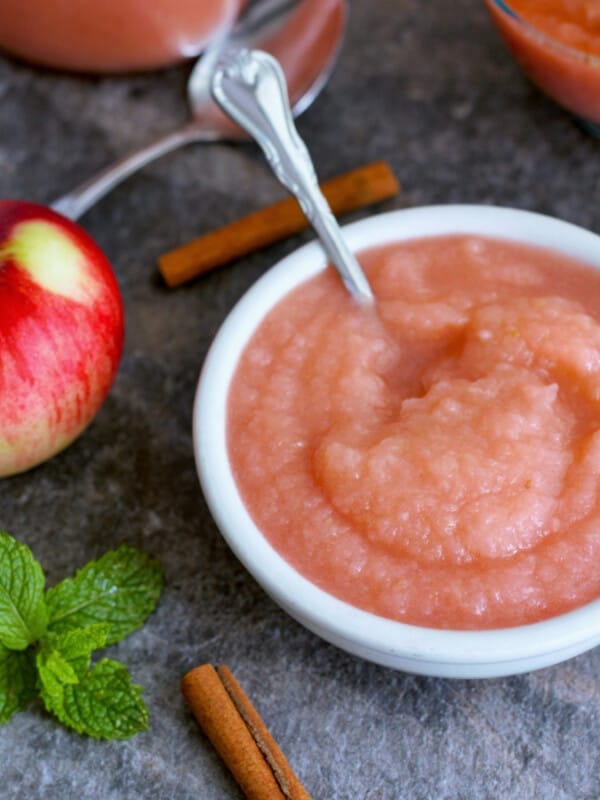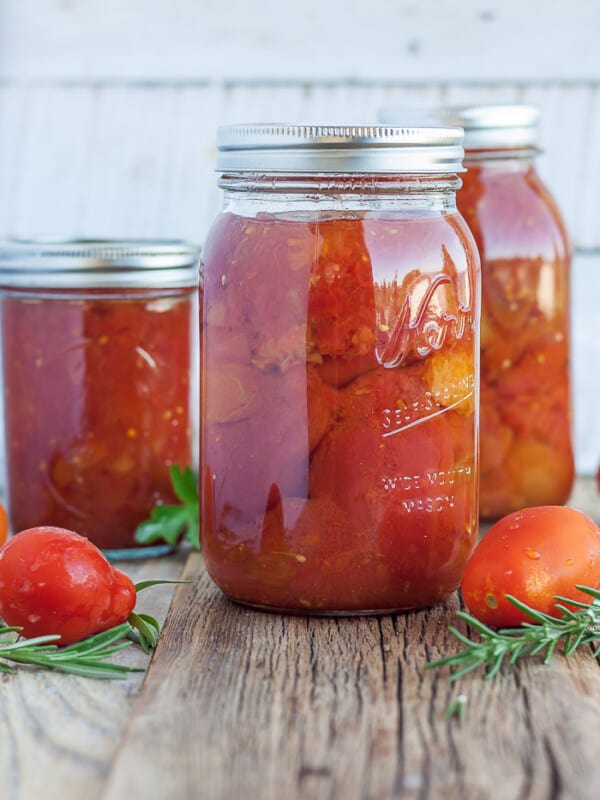As an Amazon Associate, I earn from qualifying purchases.
A simple and easy recipe for canning homemade Zucchini Relish. This tangy squash relish recipe is perfect for anyone new to canning. Enjoy it on burgers, hot dogs, or in potato salad.
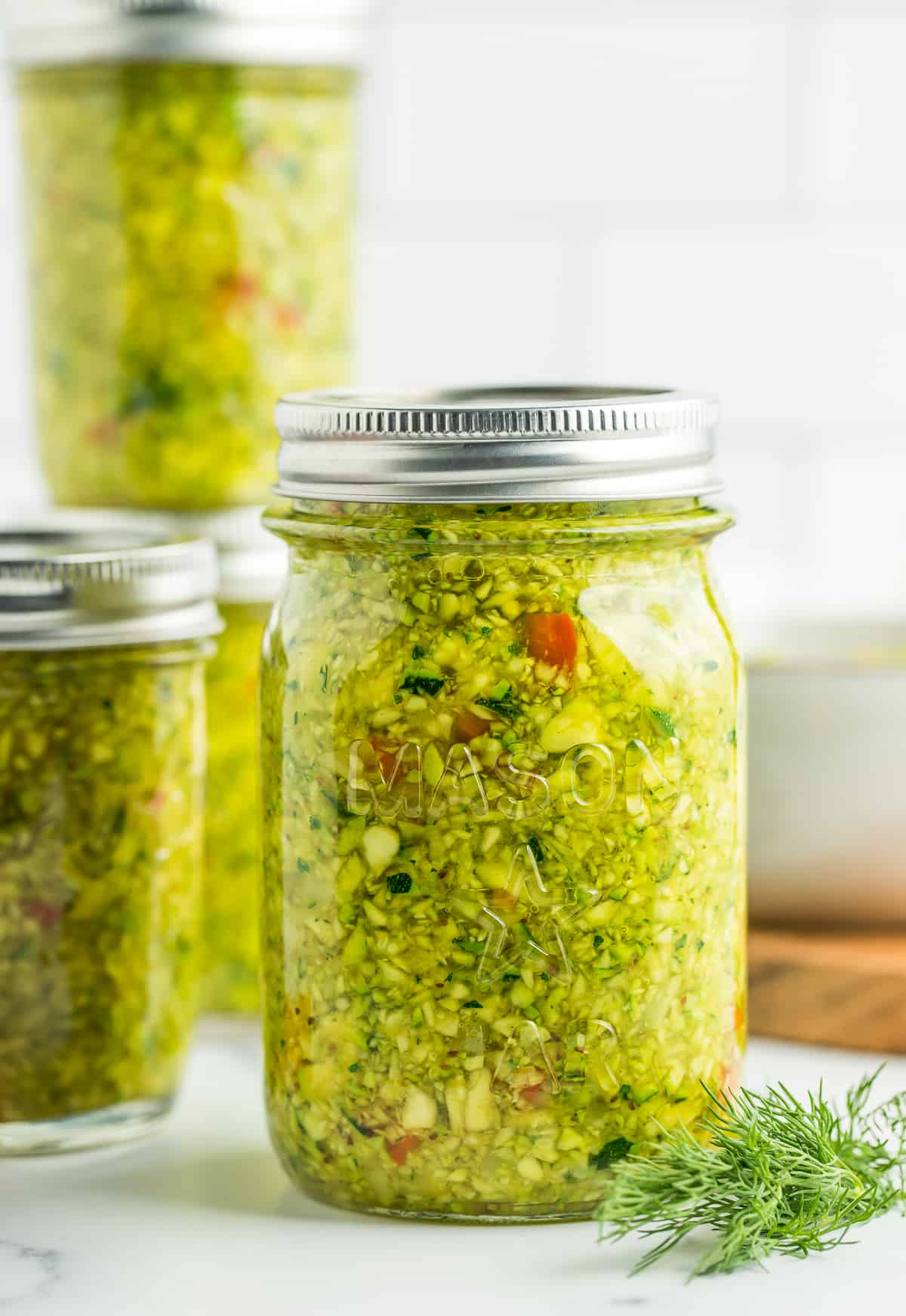
This zucchini relish is tangy, it’s packed with flavor, uses up a TON of zucchini, and it tastes fantastic on burgers, hot dogs, in potato salad, and so much more.
Looking for a relish recipe that uses cucumbers? Check out our dill pickle relish recipe.
And if you need to know what to do with excess zucchini after making this relish, I’ve got you covered! Check out our other zucchini recipes like: chocolate zucchini muffins, air fryer zucchini chips, how to freeze zucchini, pickled zucchini, and air fryer roasted zucchini.
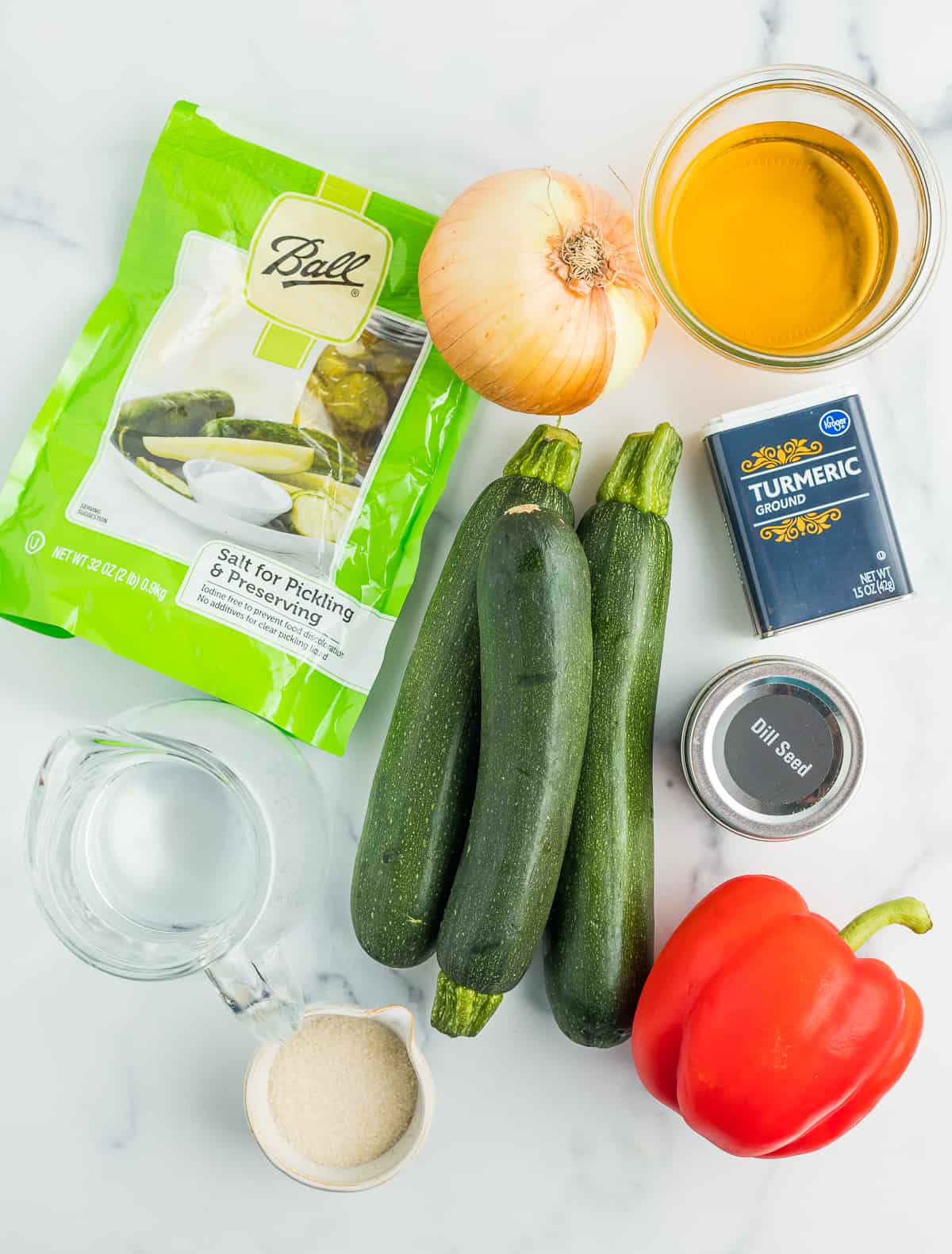
How To Make and Can Zucchini Relish
*I’ll walk you through it here with some photos and tips, and you’ll also find a printable recipe card at the bottom of the post with exact measurements, etc. You can also click “jump to recipe” to skip down.
Select young zucchini that are smaller than 3 inches in diameter. Wash the zucchini using a vegetable scrub brush.
Cut the ends off and slice them into 8 sections that are 1-2 inches long.
If you’re using larger zucchini (and I don’t recommend that you do), cut the seeds out of each section.
In a food processor, pulse (use “pulse” instead of “on”, or else you’ll end up with zucchini soup) the zucchini chunks in batches until the pieces look “relishy”.
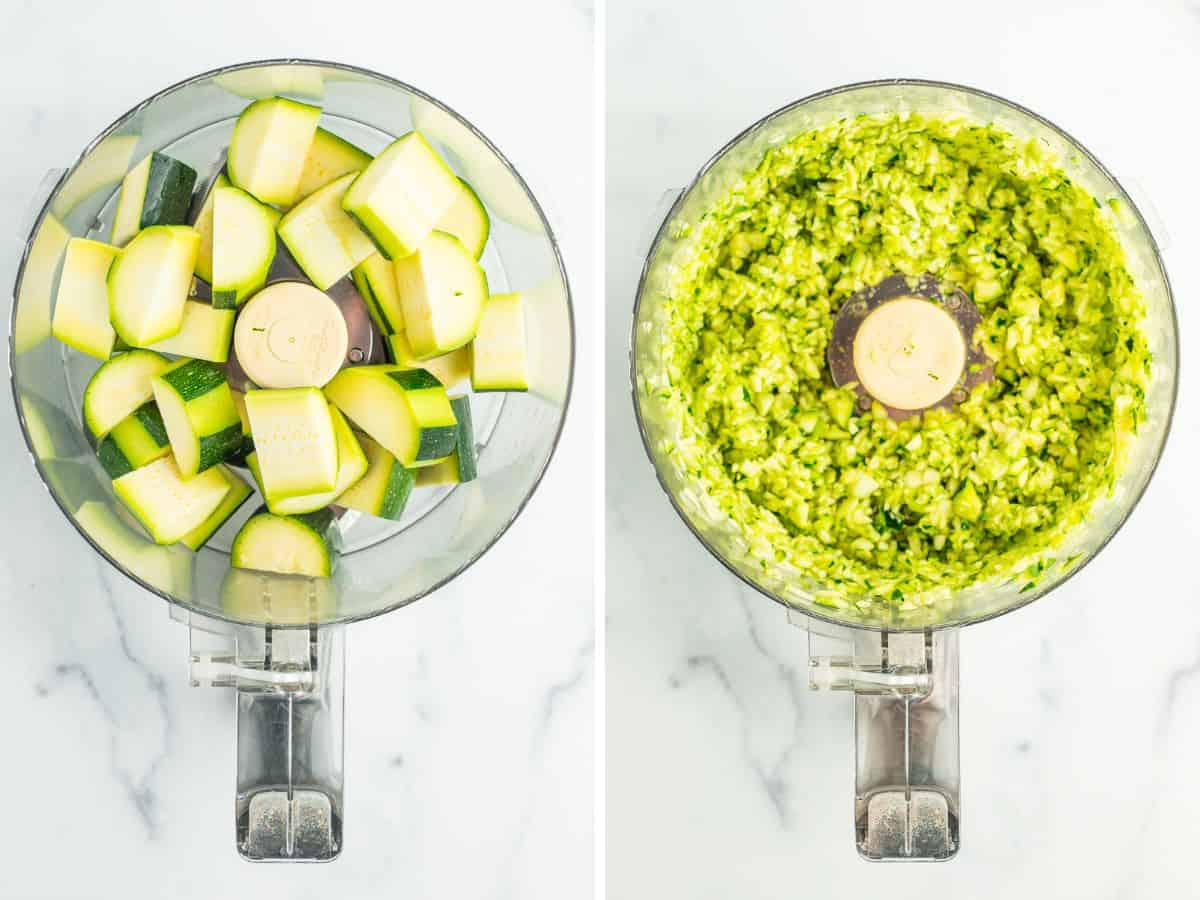
Put the zucchini pieces in a large bowl, sprinkle with canning salt and turmeric, and then pour the water over it. Cover, and let stand at room temperature for 2 hours.
After 2 hours, put the zucchini in a colander or fine mesh strainer, and rinse thoroughly. Let drain and squeeze the squash to release excess water.
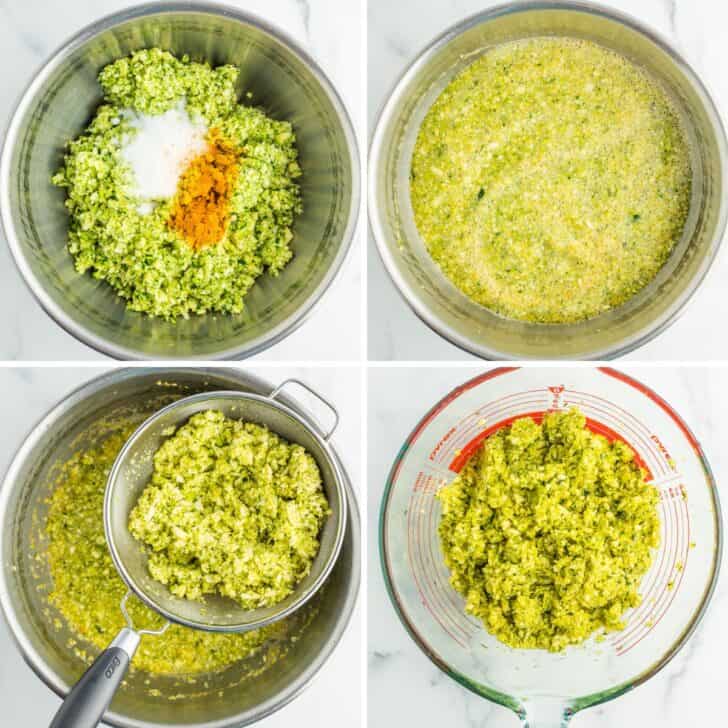
In your food processor, chop the onion and pepper, or dice by hand. Add to a heavy-bottomed saucepan.
Add the strained zucchini, sugar, and dill seed to the saucepan with the onions and peppers. Pour both kinds of vinegar over everything, and bring to a boil (this will create a liquid called brine).
Reduce the heat, and simmer for 10 minutes, stirring occasionally. Pro tip: It’s a good idea to start your water in the canner at this point.
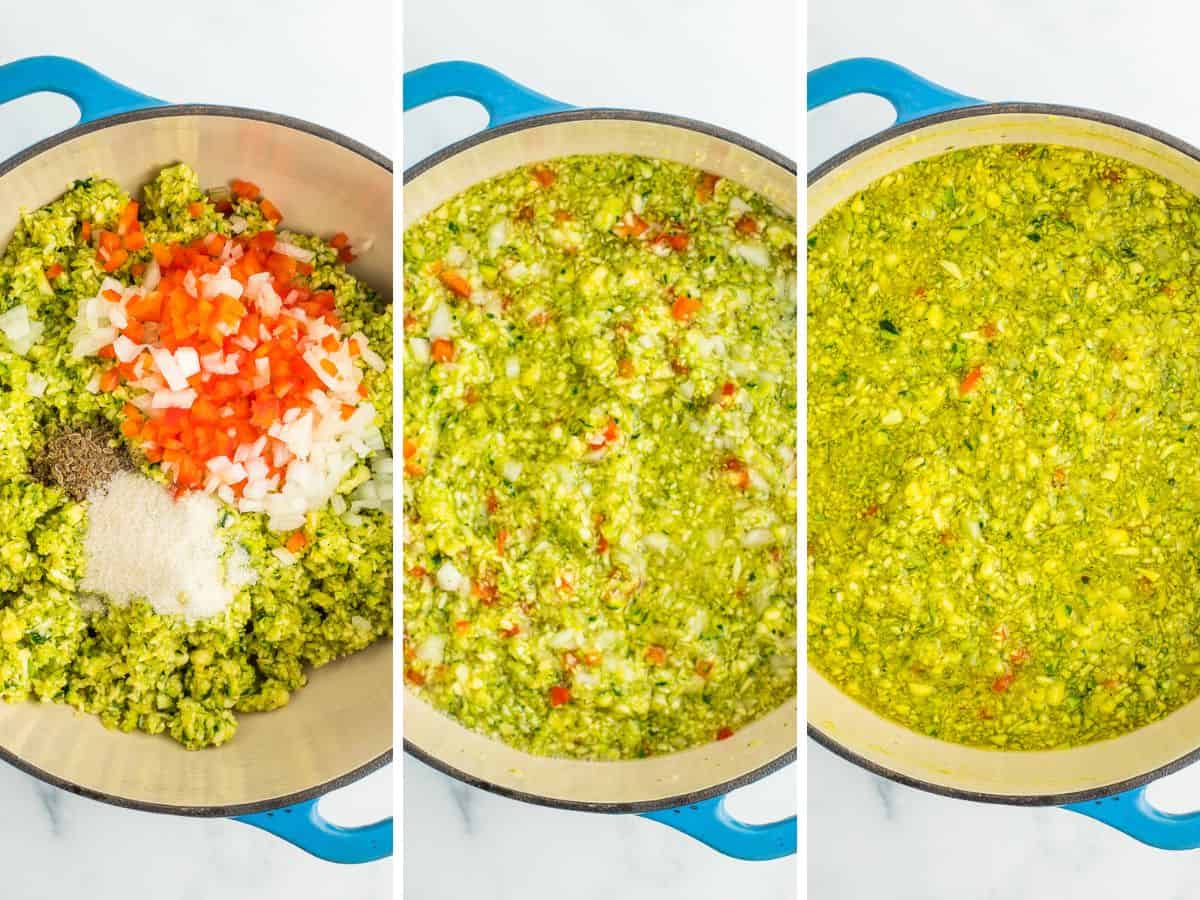
Ladle the hot relish into your jars. Top with the hot brine (excess liquid from the pot). Leave 1/4 inch of headspace (the amount of space between the top of the food in the jar and the top of the jar).
Wipe the rim with a clean damp towel, and place your sanitized lid on top. Secure the ring.
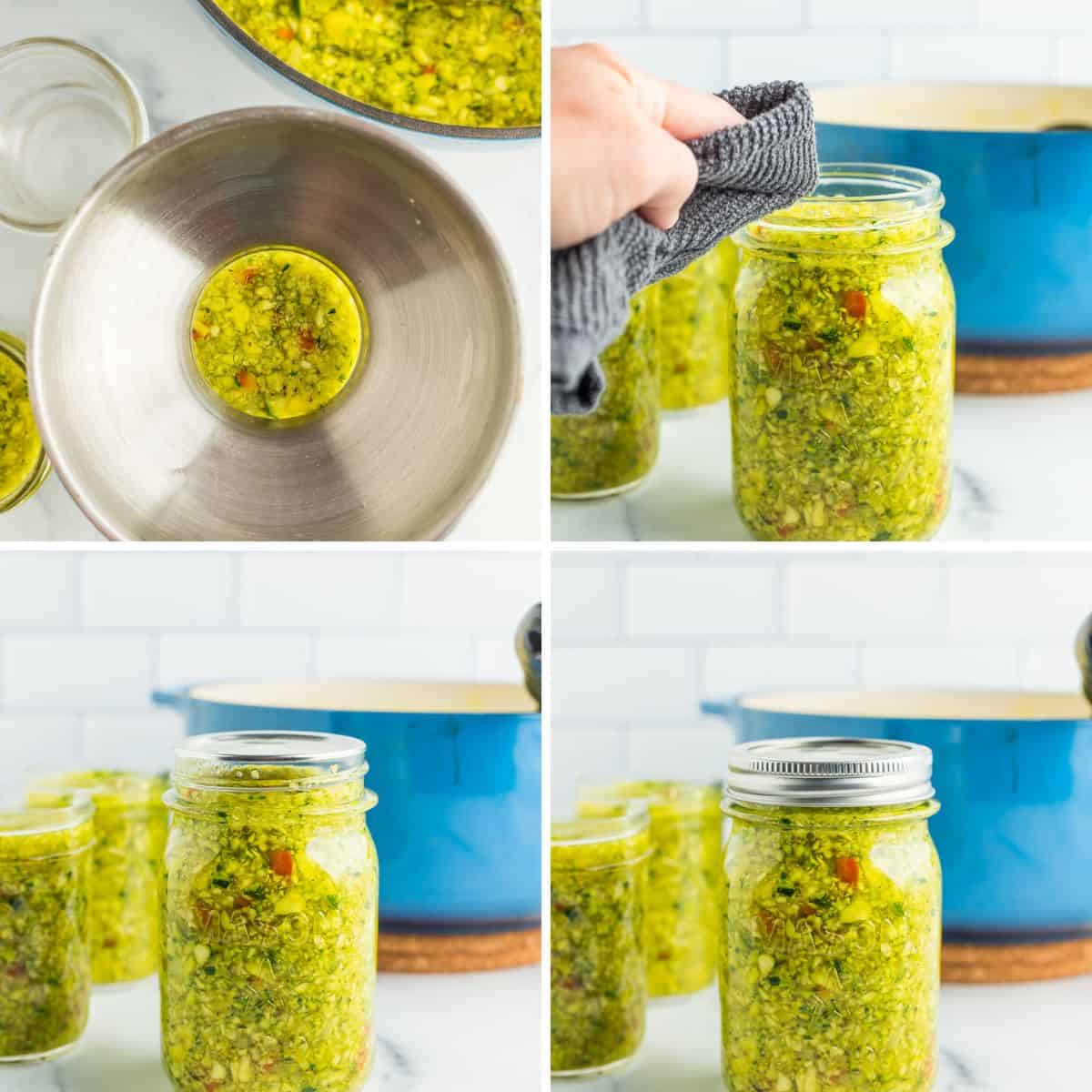
Place the jars in the water bath canner, and put the lid on. Processing times will vary based on altitude. See the chart below. Pro tip: the water must return to a boil in the canner before you can start the timer.
Processing Times for Zucchini Relish
| Processing Times for Zucchini Relish | ||||
| Processing Times at Altitudes of | ||||
| Style of Pack | Jar Size | 0-1,000 ft | 1,001-6,000 ft | 6,000 ft and above |
| Hot | half-pint or pint | 10 min | 15 min | 20 min |
| *Source: National Center For Home Food Preservation | ||||
Once the jars have been processed for the appropriate amount of time, remove the canner from the burner, wearing oven mitts carefully take off the lid of the canner, and allow it to sit for 5 minutes. Pro tip: I tend to just slide the canner into the middle of my stove, as it weighs a ton.
Carefully remove the jars with canning tongs, and place them on a thick towel in a place where they can be undisturbed for 12 hours.
The lids will likely start to pop within 20-30 minutes of being removed from the water. That popping sound is music to your ears, as it tells you that everything has been sealed. It’s a reward for all your work!
Let the jars cool completely (at least 12 hours), check the seal, and store for up to one year in a cool dark location.
Pro Tips/Recipe Notes:
- Leave the bowl of chopped zucchini, salt, turmeric, and water at room temperature during the brining process. This time is important for drawing out extra moisture from the zucchini. Cold temps will slow that process.
- Upon opening, store the jar in the fridge for up to four weeks.
- If you don’t have enough jars to fill the canner, consider Canning Water in a few jars to stock your emergency drinking water supplies.
Zucchini Relish {Easy Water Bath Canning Recipe}
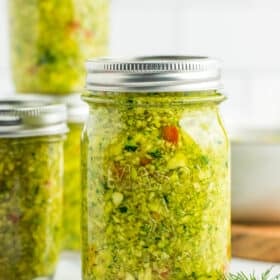
Equipment
Ingredients
- 9 pounds zucchini {to yield ~7-8 cups of chopped zucchini}
- 1/2 cup pickling salt
- 2 tsp turmeric
- 4 cups water
- 3 cups white vinegar
- 1 cup apple cider vinegar
- 1.5 cups diced white onion
- 1 tbsp sugar
- 2 tbsp dill seed
- 1/4 cup red pepper {fresh}
Instructions
- Wash zucchini using a vegetable scrub brush.9 pounds zucchini
- Cut the ends of the zucchini off and slice each one into 8 sections.
- Cut any large seeds out of each section. Cut into 1-2 inch chunks.
- In a food processor, pulse the zucchini chunks in batches. Or finely chop by hand.
- Put the chopped zucchini in a bowl, sprinkle with salt and turmeric, and then pour the water over it. Cover, and let stand at room temperature for 2 hours. Pro tip: you'll notice some foaming during this process. That's normal!1/2 cup pickling salt, 2 tsp turmeric, 4 cups water
- After 2 hours, put the salted zucchini in a colander, and rinse thoroughly.
- Let drain and squeeze the zucchini to release excess water. Yield of chopped and strained zucchini will be 4-5 cups.
- In a food processor, dice the onion and pepper (or dice by hand). Add to a heavy-bottomed saucepan.1.5 cups diced white onion, 1/4 cup red pepper
- Add the drained zucchini, sugar, dill seed to the onion/peppers.1 tbsp sugar, 2 tbsp dill seed
- Pour both vinegars over everything, and bring to a boil for 1 minute. Stir constantly.3 cups white vinegar, 1 cup apple cider vinegar
- Reduce the temperature to low, and simmer for 10 minutes, stirring occasionally.
Canning Zucchini Relish
- Prepare water bath canner by filling it with water, so that there will be at least 1 inch of water over the tops of the jars.
- Wash and clean your jars. Fill with hot water or keep them warm in a clean dishwasher or oven.
- Wash your lids and set aside in clean place.
- Place a lid on the canner and set it on the stove with the burner set to high.
- Ladle the hot relish into your jars. Top with the hot brine (excess liquid from the saucepan). Leave 1/4 inch of headspace (the amount of space between the top of the food in the jar and the top of the jar).
- Using a wet clean rag, wipe the rim to make sure there isn't any residue on there.
- Place a clean lid on the jar and then a ring. Tighten the ring to fingertip tight.
- Using canning tongs, add jars to the boiling water, and put the canner lid on. Pro tip: you must have at least 1 inch of water over the tops of the jars for safe canning.
- Process pints and half-pints based on the elevation guide below. Pro tip: the water must return to a boil in the canner before you can start the timer.*0-1,000 ft = 10 minutes*1,001-6,000 ft = 15 minutes*6,000 ft+ = 20 minutes
- Once the relish has processed for the appropriate amount of time, remove the canner from the burner, and carefully remove the lid of the canner (Pro tip: use oven mitts to take the lid off because the steam is super hot).
- Remove the jars using canning tongs and place them on towels on the counter undisturbed for 12-24 hours.
- After everything has cooled, check the seal by pushing down on the middle of the lid. If it doesn't give way, it's sealed. If the lid bows a little bit, put that in the fridge and use it within 3 weeks.
- Wait one week after canning before enjoying the relish. It will give the flavors time to meld.
- Label the sealed jars, and store in a cool dark place for up to a year.
Notes
- Turmeric is mainly used for color and a bit of flavor. It is optional to add.
- Makes about 7 pints or 14 half-pints.
- If you would prefer to use fresh dill for this recipe, substitute the dill seed with 8 heads of fresh dill. Add them to the jars before ladling in the hot relish.
- Upon opening, store the jar in the fridge for up to four weeks.
- Label and store sealed jars in a cool (best results are 50-70˚F) dark place for up to 12-18 months.
Nutrition
Nutrition information is automatically calculated, so should only be used as an approximation.
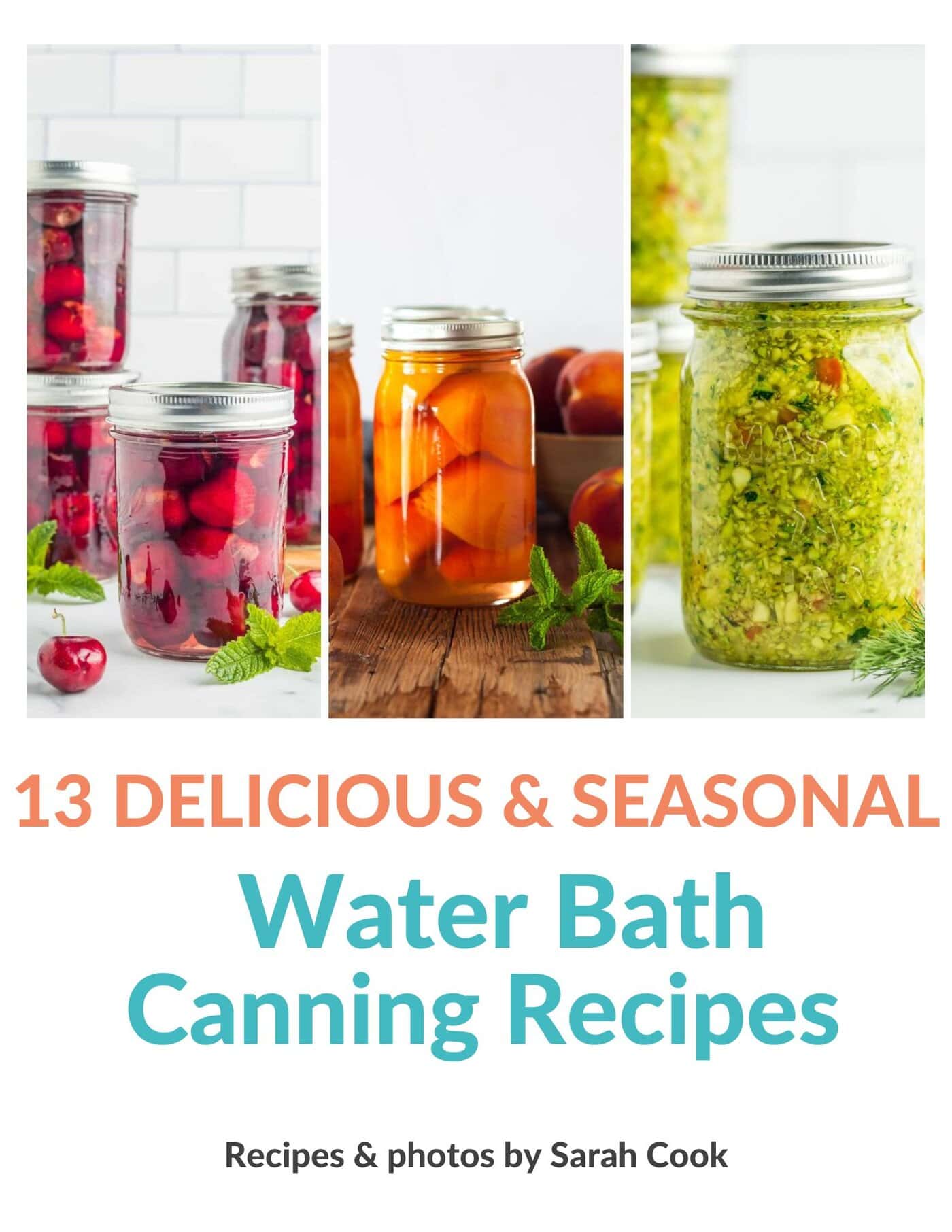
Get my Canning e-book!
It’s 51 pages of every helpful tip and trick you could want as a brand new canner, AND it includes 13 ad-free canning recipes that are designed to take you from novice to pro.
